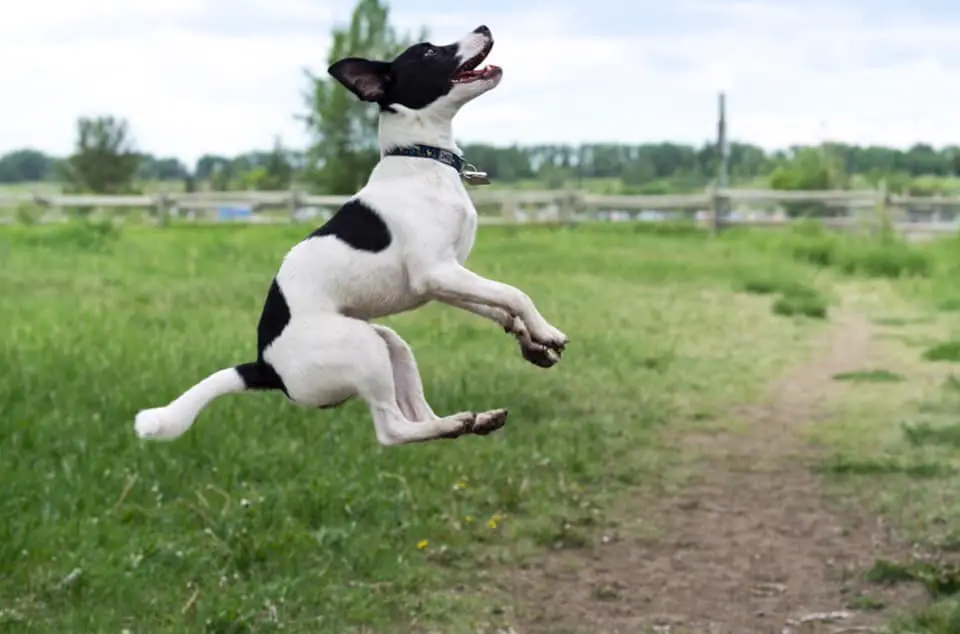Table of Contents
*This post may contain affiliate links. As an Amazon Associate we earn from qualifying purchases.
If you’re a JRT owner, you’ve no doubt seen for yourself that the Jack Russell Terrier is a healthy, hardy dog that doesn’t have a lot of congenital health problems.
This is due, in part, to the fact that, as a working dog, the Jack has been bred for function rather than for a certain appearance. Also, the historical crossing of the breed with other sorts of dogs has preserved a genetic diversity that
But, like all of us, the Jack is prone to some specific conditions. Patellar luxation is one of them.
What is Patellar Luxation?
Patella (or Patellar) Luxation means the displacement of the kneecap. Basically, the kneecap moves from where it’s supposed to be.
It’s a common problem for all dogs, but small dogs are particularly susceptible to it.

What Causes It?
Some cases of Patellar Luxation are caused by trauma to the joint. Most, however,
Symptoms
Patellar Luxation isn’t particularly painful, except at the moment that the knee slips out of place.
After that, the dog will show abnormal movement of the hind leg or legs. He or she may skip, hop, or suddenly become lame in the affected leg.
Check out this video to see what it may look like in your dog.
Treatment
If your vet suspects knee displacement, they will feel the joint with their hands. They will also order an

Surgery is usually the treatment of choice. Your vet may also instruct you to exercise your Jack regularly through walking on a leash. In addition, they will probably tell you not to allow your Jack to jump for a month or so.

Keep an Eye Out for Problems
Unfortunately, there are no known ways to prevent this condition, and reoccurrence is common.
So always keep an eye out for problems — and if you spot a problem, make sure to “leg it” to the vet ASAP.

